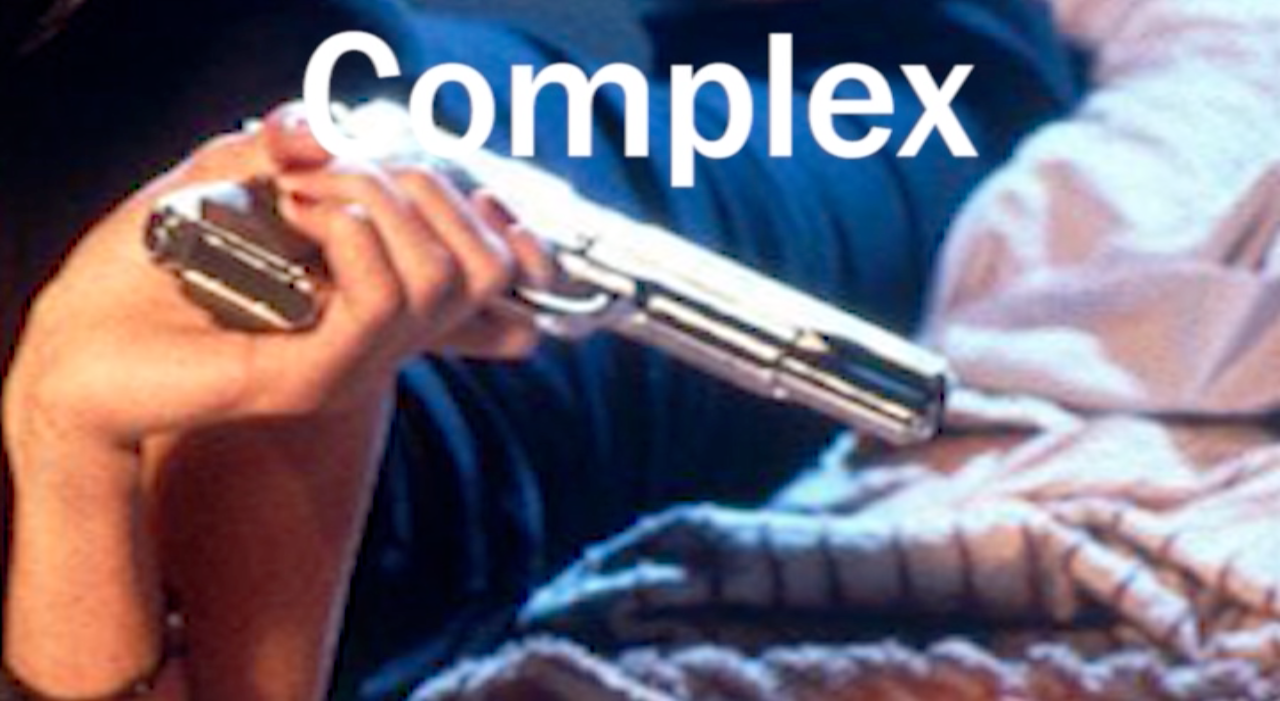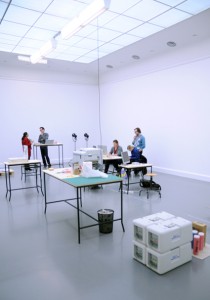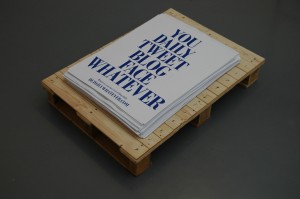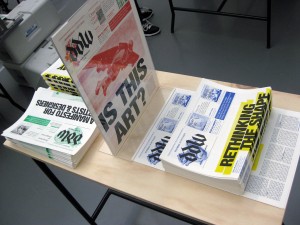text by Celina Yavelow
She changes this thing in the house to annoy the other, and the other is annoyed and changes it back, and she changes this other thing in the house to annoy the other, and the other is annoyed and changes it back, and then she tells all this the way it happens to some others and they think it is funny, but the other hears it and does not think it is funny, but can’t change it back.
The Other, by Lydia Davis
Loaded Language
The fact that language can change a state being is pretty much wow to me. Say the word and there’s a chance something will change: your insides start hurting (“Cunt”), you’re suddenly single again (“I’m breaking up with you”), or forced into a guilty state (“You’re under arrest”). The load in this kind of language is taken literally here, considering the body not only as the agent for speech, but also as physically subject to the force and effect of loaded language — realizing you can actually do things with words, and realizing also, that its authority can be both threatening and empowering.
This thesis is titled Where did you hide the gun? because it’s a famous example of a question deliberately loaded by its formulation. It does not ask if there is a gun, but ensues there is, and where did you hide it? According to the question you’re already guilty of the shot — regardless (“POW POW!”). I’ve connected this mechanism to a term in language philosophy and theater studies called performative speech utterance, which is quite a tough shoe to chew, so my theoretical framing is constantly interrupted by metaphoric associations and a fictional narrative, offering a melodramatic illustration of the concepts employed.
Meanwhile, I became completely hooked to the thought that language can be so directive, that we are so easily affected, seduced or tricked by it. I continued my research in a sound piece called Hi, Mary, which was set out to be a subjective audio tour of a small part of the GRA graduation show of 2015, but was mostly exploring this reflex in our body to surrender to a voice and its language. Listen to it here!
Sound file: Hi-Mary
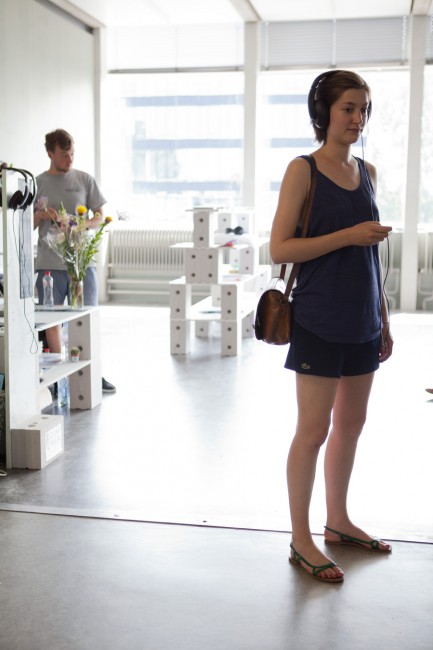
audiotour at Rietveld graduation show
the thesis
The subject –loaded language– is in itself interesting. But what makes the thesis original and engaging is the way in which she approaches the subject - a mix of various types of material (film, language philosophy, literature, current events, memories) and registers (short story, academic prose, interview, collaged/found text), all capably, impressively intertwined. Yavelow presents the reader with both basic and not-so-basic linguistic concepts, each of which she proceeds to explore through various perspectives.
The writing process is thus integral to the subject matter. The bluntness of certain images (for example guns) and juxtapositions (for example romance with guilt) is largely offset by the assured writing style. A range of literary devices are used to good effect: repetition, sentence fragments, double meanings, omission of conjunctions. An enjoyable, kaleidoscopic read. [text by Louis Luthï]

download this thesis by Celina Yavelow

